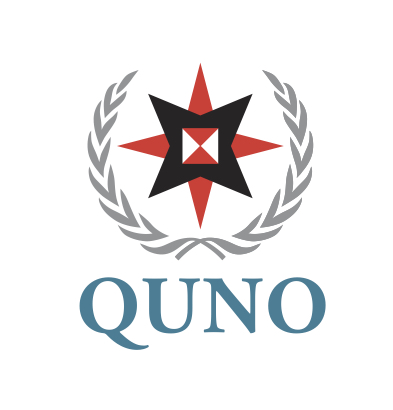This analysis is a work in progress that has been prepared as a working document by QUNO’s Sustainable and Just Economic Systems programme to help us better understand our theory of change and our actions in the multilateral sphere. It is a synthesis of the present state of QUNO’s insights, aided by the sources that are referenced at the end of the document. Failures and distortions in our economic systems are also among the root causes of problems handled by QUNO’s other three programmes: Human Rights & Refugees; Peace & Disarmament; and Human Impacts of Climate Change.

International Standards on Conscientious Objection to Military Service 2025
This updated paper lays out the ways in which conscientious objection has been recognized and is protected under human rights treaties and mechanisms, taking into account developments in international standards that have occurred since the 2021 edition. These strengthened standards can be used by front line organizations as a tool to limit suffering, improve lives and challenge root causes of injustice. Available in English, Spanish, French, and Russian.
